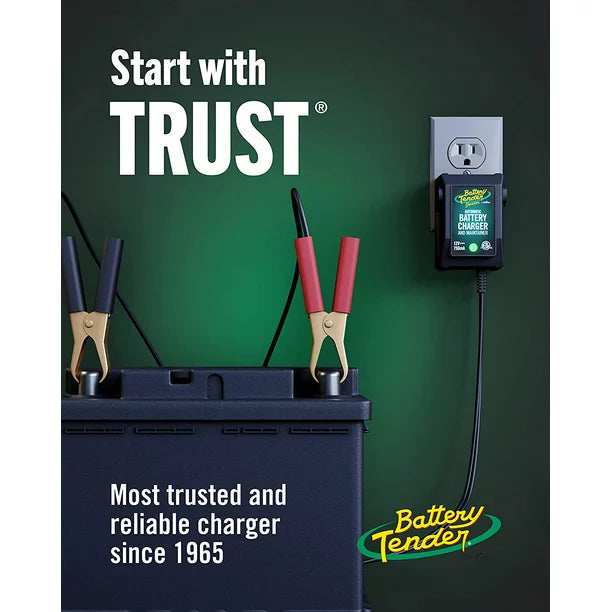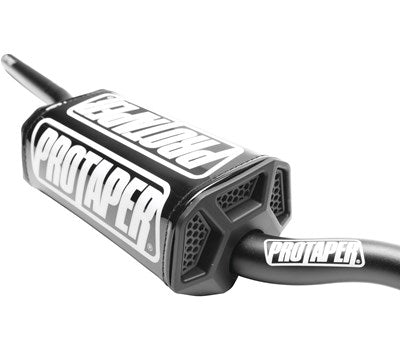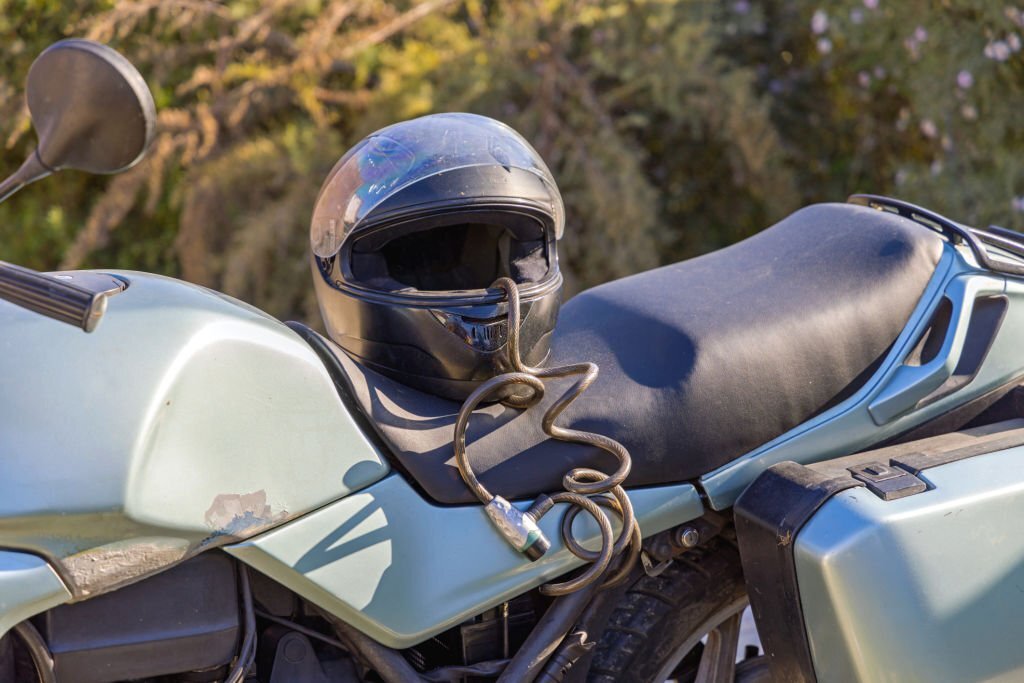Understanding Lithium-ion Motorcycle Batteries: A Comprehensive Guide
How to Choose and Maintain Your Powerhouse
In the high-performance world of motorcycles, the choice of battery is a critical component. Lithium-ion batteries have been leading the way, trumping traditional lead acid batteries. They offer fantastic weight savings and are a boon for those looking for a lightweight, reliable, and high discharge rate battery.
To truly appreciate the power of these powerhouses, we need to delve into the core: from cranking amps to battery chargers, we've got it all covered.
Selecting the Best Lithium Motorcycle Battery
How does one go about selecting the best lithium battery for their motorcycle? The answer lies in the specifications of your motorcycle and the battery's compatibility with it.
-
Motorcycle's Power Requirement: Your motorcycle’s power requirement is the first thing to look into. A lithium motorcycle battery with a high discharge rate would be best for motorcycles with a larger engine.
-
Battery Capacity: The capacity of a battery, denoted as Ah (Ampere-hours), represents how much electric charge it can deliver at one time. A battery with a 20Ah capacity can theoretically supply 20 Amps for one hour. Understanding your motorcycle's power requirements can help you choose a battery with suitable capacity.
-
Cranking Amps: Cranking Amps (CA) refer to the number of amperes a battery at 32 degrees F (0 degrees C) can deliver for 30 seconds while maintaining a voltage of at least 1.2 volts per cell. For cold climates, you may want to consider a battery with a higher CA.
-
Weight: One of the main reasons riders switch to lithium batteries is the significant weight savings. These batteries are typically much lighter than lead-acid batteries, improving the overall performance of the motorcycle.
Tip: Always compare the specifications of the lithium battery with the manufacturer's recommendation for your motorcycle to ensure compatibility.
Lithium Motorcycle Batteries and Trickle Charging
An often-asked question is, do lithium motorcycle batteries need to be trickle-charged? The answer is, generally, no.
Trickle charging is a method used to charge a battery slowly at its self-discharge rate, keeping it at full charge level. This technique is more commonly used with lead-acid batteries. Lithium batteries, on the other hand, have an extremely low self-discharge rate, which means trickle charging is not necessary.
However, it's crucial to use a charger specifically designed for lithium batteries. Using a charger designed for lead acid batteries could result in overcharging and damage to your lithium battery.
Lithium-Ion Batteries: Are they suitable for your Motorcycle?
Are lithium-ion batteries a good fit for your motorcycle? The answer leans toward a resounding yes. Lithium batteries provide a high-performance alternative to traditional lead acid batteries. They offer significant weight savings, have a higher discharge rate, and longer lifespan.
However, they do come with a few challenges that riders should be aware of. Let's delve into this in the next section.
The Pros and Cons of Lithium-Ion Batteries
While lithium-ion batteries have their perks, it's essential to consider their downsides as well before you make the switch.
Advantages of Lithium-ion Batteries
-
Lightweight: Lithium batteries weigh significantly less than traditional lead acid batteries, resulting in considerable weight savings for your motorcycle. This weight reduction can have a noticeable impact on your bike's handling and performance.
-
High Discharge Rate: Lithium batteries have a higher discharge rate compared to lead acid batteries, making them particularly suitable for motorcycles that require a lot of power.
-
Low Maintenance: Unlike lead acid batteries, lithium batteries don't require regular maintenance or trickle charging, thanks to their extremely low self-discharge rate.
-
Long Lifespan: Lithium batteries tend to have a longer lifespan than lead acid batteries, often making them a more cost-effective option in the long run.
Disadvantages of Lithium-ion Batteries
-
Cost: One of the most significant disadvantages of lithium batteries is their cost. They are typically more expensive than lead acid batteries, but the longer lifespan and low maintenance often balance out the higher upfront cost.
-
Charging Requirements: Lithium batteries require a specific type of charger. Using a regular charger designed for lead acid batteries can result in damage to your lithium battery.
-
Temperature Sensitivity: Lithium batteries are sensitive to extreme temperatures. High temperatures can lead to a shortened lifespan, while low temperatures can reduce their performance.
Jumpstarting and Charging a Lithium Motorcycle Battery
If you've been wondering, "Can you jumpstart a lithium motorcycle battery?", the answer is yes, but with caution. The surge of power from jumpstarting can potentially damage the battery management system of lithium batteries. So, it's advised to jumpstart these batteries only in emergencies and following the manufacturer's instructions.
As for charging, lithium motorcycle batteries should not be charged with a regular charger. Instead, use a battery charger specifically designed for lithium batteries. This is because lithium batteries and traditional lead acid batteries have different charging profiles. Using the incorrect charger can lead to battery damage or even pose safety hazards.
In our collection, we have a range of lithium battery chargers suitable for your motorcycle battery's needs. Remember, a proper charger is an investment towards the longevity of your battery.
In the next section, we'll dive into how to maintain the health and longevity of your lithium-ion motorcycle battery.
Maintaining Your Lithium Motorcycle Battery
Understanding how to properly maintain your lithium motorcycle battery can extend its lifespan and keep your bike performing at its best. Here are some tips to help you get the most out of your lithium battery.
-
Regular Charging: While lithium-ion batteries have a lower self-discharge rate than lead acid batteries, they do still slowly lose charge when not in use. So, it's recommended to charge your battery at least once a month when the motorcycle is not being regularly used.
-
Proper Storage: When storing your motorcycle for long periods, remove the battery and store it in a cool, dry place. It's also advisable to charge it to around 50% to 60% before storage.
-
Monitor Battery Health: Regularly check your battery's health and ensure it's not being overcharged or discharged. Most lithium batteries have built-in systems that prevent overcharging, but it's still essential to use a compatible charger and to keep an eye on the battery's voltage.
-
Avoid Deep Discharge: Lithium batteries should not be allowed to discharge completely as it could damage the battery and shorten its lifespan. It's best to recharge the battery before it drops below the manufacturer’s recommended voltage.

Choosing the Right Lithium Battery for Your Motorcycle
Choosing the right lithium battery for your motorcycle involves considering several factors, such as size, capacity, and compatibility with your bike's model and make.
The term "20Ah" you see on a lithium battery refers to its capacity. Ah, or ampere-hour, is a unit that measures the amount of electric charge a battery can deliver at one ampere for one hour. A higher Ah rating means the battery can power your motorcycle for a longer period.
In our collections page, you can find a wide variety of high-performance lithium motorcycle batteries that could be the perfect fit for your ride.
Up next, we'll discuss how lithium-ion batteries compare with other types of motorcycle batteries, like lead acid batteries.
Lithium-ion Vs. Lead Acid Motorcycle Batteries
When it comes to choosing a motorcycle battery, the decision often comes down to lithium-ion vs. lead acid. But how do they compare?
-
Weight Savings: One of the most significant advantages of lithium motorcycle batteries is their weight. They are typically about 1/3 the weight of comparable lead acid batteries. This significant weight savings can improve your motorcycle's performance and handling.
-
Cranking Amps: Lithium batteries usually provide a higher burst of cranking amps, making for stronger, more reliable starts.
-
Service Life: Lithium batteries often have a longer service life than lead acid, especially if they are well maintained.
However, it's not all positive. There are some disadvantages to lithium-ion batteries that you should consider:
-
Temperature Sensitivity: Lithium batteries are more sensitive to high temperatures, which can degrade their lifespan.
-
Cost: Lithium batteries are typically more expensive up front than their lead acid counterparts.
-
Charging Requirements: Lithium batteries require special chargers. Attempting to charge a lithium battery with a regular charger could result in damage.
On the flip side, lead acid batteries, while heavier and often less powerful, are usually cheaper and can be charged with a regular battery charger.
No matter which type of battery you choose, it's essential to consider your motorcycle's requirements and your personal preferences. In our collections, you can find both lead acid and lithium batteries to suit a range of motorcycles.







1 comment
I don’t understand why a Lithium battery can be charged in a vehicle the same as a lead acid battery but can not be charged the same outside or disconnected from the vehicle.